Loyalty Programs in Slovenia: Trends & Top Programs
Loyalty programs in Slovenia are evolving quickly, reflecting both global best practices and uniquely local innovations. From supermarkets and gas stations to hotels and telecom providers, Slovenian brands are using loyalty schemes to keep customers engaged in a highly competitive market.
In this article, we’ll explore the latest trends shaping loyalty in Slovenia, look at best practices from leading industries, and highlight the top loyalty programs that Slovenians rely on every day: from Mercator’s iconic Pika card to Petrol’s Visa-linked loyalty scheme.
Why loyalty in Slovenia matters
Slovenian consumers are highly value-conscious regarding their spending. With growing competition in retail, hospitality, and services, loyalty schemes offer companies a way to strengthen brand trust and repeat sales, gather valuable customer insights, and differentiate from competitors
Compared to larger markets, Slovenia’s loyalty programs often emphasize simplicity and accessibility, but digital transformation is accelerating rapidly, with some programs available exclusively online.
Global Customer Loyalty Report
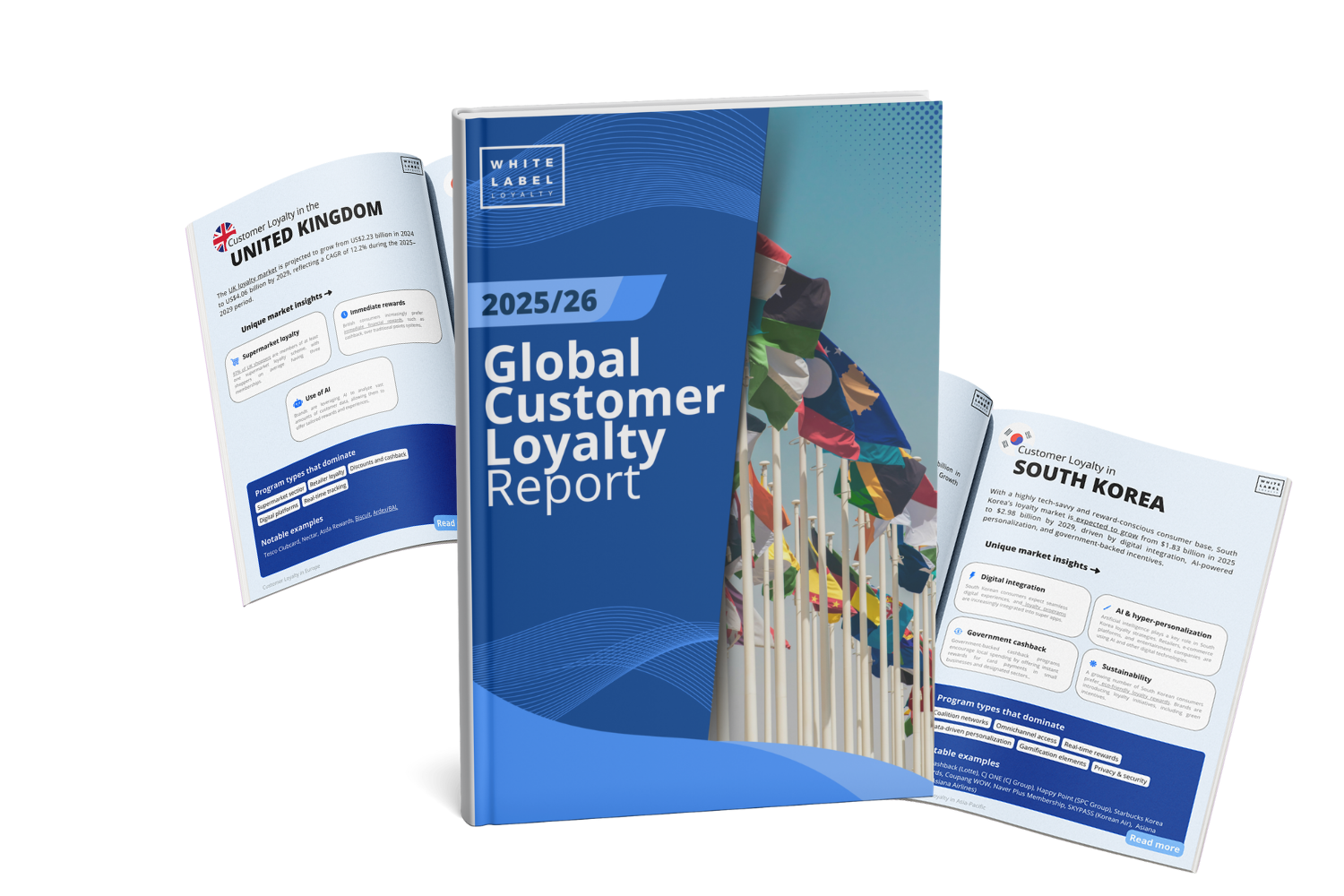
Current trends in Slovenian loyalty programs
Slovenian loyalty programs are shaped by digital transformation, rising consumer expectations, and broader lifestyle values. Slovenian shoppers want loyalty schemes that are easy to use, personalized, and meaningful, whether they’re buying groceries, booking a hotel, or filling up at the gas station.
Below are the key trends driving how loyalty programs are designed and experienced in Slovenia today.
1. Digital & mobile integration
The era of paper and plastic loyalty cards is fading in Slovenia as loyalty clubs transition to app-based systems. More retailers and service providers are shifting to app-based ecosystems where members can track privilege points, redeem offers, and even pay directly.
- Mercator Pika has moved heavily into the Moj M app, which lets shoppers manage personalized coupons on their phone.
- Tuš club also leans into app functionality, letting members store digital cards and receive push notifications for time-sensitive offers.
This digital-first approach matches Slovenia’s high smartphone penetration and aligns with wider European loyalty trends.
2. Personalization
Generic discounts no longer resonate. Slovenian consumers now expect tailored offers based on what they actually buy.
- Mercator’s redesign of the Pika program in 2024 reflects this shift: its “Moja izbira” bundles let shoppers pick their own preferred discounts.
- Telekom Slovenije applies personalization in a different context, recommending device upgrades and digital content aligned with user history.
By turning data into individual offers, brands are strengthening emotional connections and driving measurable sales uplift.
3. Omnichannel experiences
Customers want loyalty programs that work seamlessly across touchpoints, whether in-store, online, or via mobile.
- Merkur connects its Trust Card across physical DIY megastores and its growing e-commerce platform, ensuring members collect and redeem points regardless of channel.
- Sava Hotels & Resorts does this in tourism: guests can earn Droplets not only from hotel stays, but also spa entries and online voucher purchases.
The integration of online and offline loyalty experiences reflects how Slovenians shop today: blending convenience with physical presence.
4. Purpose-driven programs
Slovenia is seeing the rise of values-based loyalty, where club members earn points that aren’t just tied to transactions but to meaningful behaviors.
- Generali ZAME rewards healthy lifestyle choices like fitness activity and preventive check-ups, merging loyalty with wellbeing.
- Decathlon experiments with rewarding eco-friendly purchases or physical activity, connecting loyalty with sustainability and sport.
This shift aligns with a broader European trend: consumers, especially younger ones, want to engage with brands that stand for something bigger than sales.
5. Gamification
Finally, many Slovenian programs are embracing gamified features, where customers can win a prize to boost engagement.
- Casinos like the Privilege Club use club tier systems and badges to create prestige around loyalty.
- Retailers increasingly integrate “digital stamp cards” or progress-based challenges. For example, Mercator offers monthly missions in the Moj M app, while Odiseja Cinema ties rewards to repeated attendance and premiere access.
Gamification adds an emotional hook that keeps customers interacting with the program, not just collecting discounts.
Top loyalty programs in Slovenia
Slovenia’s loyalty landscape is diverse, spanning travel, telecom, retail, and even entertainment. From hotel chains to supermarkets, brands are investing in loyalty strategies that go beyond discounts and focus on customer experience, personalization, and lifestyle integration.
Below, we explore eight of the most notable loyalty programs in Slovenia, each showcasing how companies are building long-term relationships with their customers.
1. Sava Hotels & Resorts – Sava Club
Sava Hotels & Resorts, one of Slovenia’s largest tourism groups, runs the Sava Club (Ambassador Program), a hotel loyalty program designed for frequent travelers and loyal guests. Guests earn “Droplets” on hotel stays, spa visits, wellness services, and gift cards. These can be redeemed for free nights, upgrades, or treatments.
Unlike basic discount schemes, Sava’s program emphasizes experiences: wellness escapes, dining perks, and memorable stays. This lifestyle-driven approach creates emotional loyalty while encouraging direct bookings.
Why it works: In hospitality, loyalty is strongest when tied to experiences, not just savings. Sava leverages Slovenia’s booming tourism by offering aspirational rewards that keep travelers engaged.
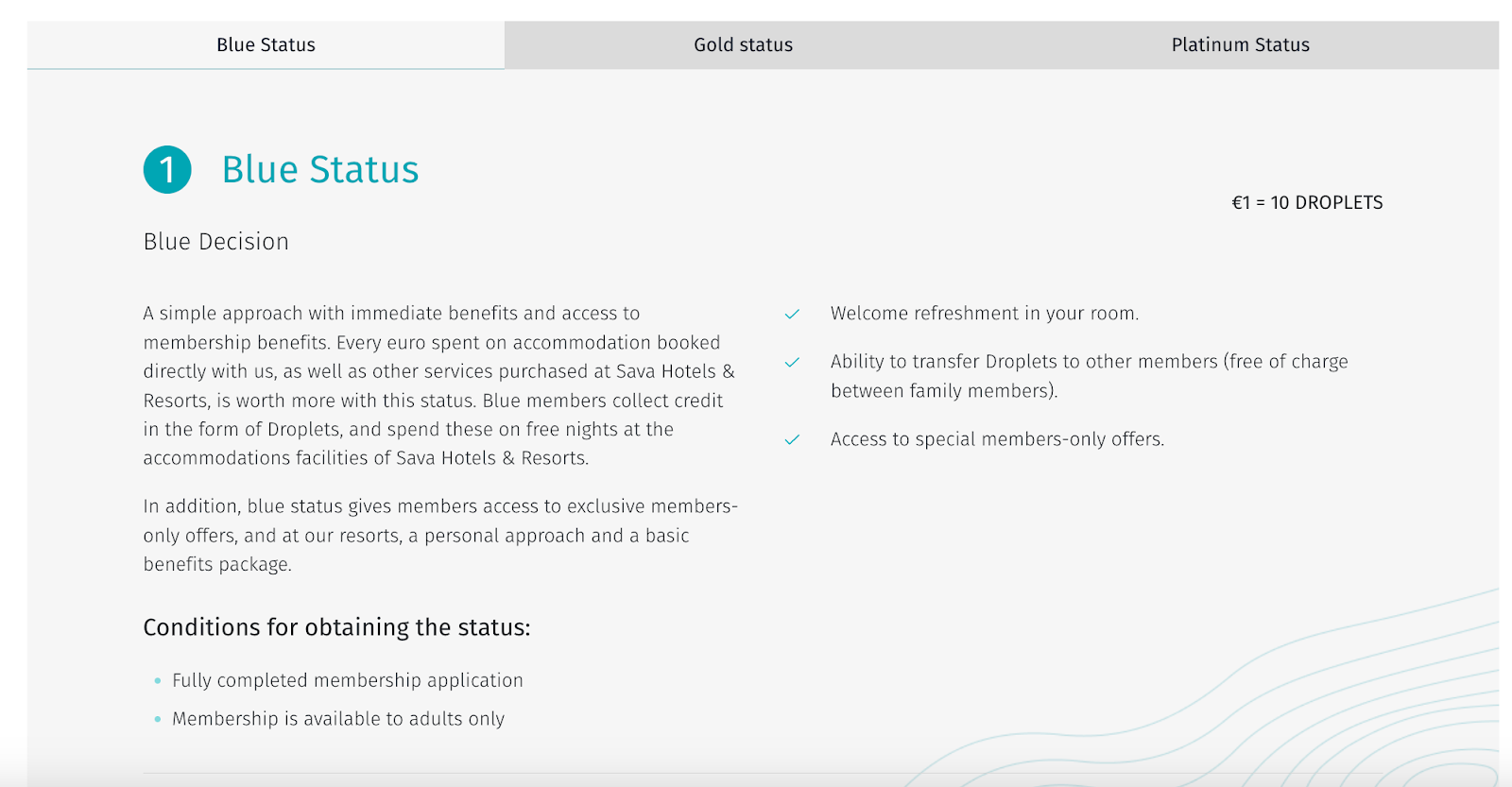
2. Telekom Slovenije
Telekom Slovenije’s telecom loyalty program allows customers to collect points through mobile, internet, and TV subscriptions. Rewards include smartphones, accessories, bill discounts, and digital services.
The program is highly localized, catering to Slovenian consumers with clear, practical benefits. By bundling mobile, broadband, and TV rewards, Telekom strengthens customer retention across its entire ecosystem.
Why it works: Telco churn is a global issue. Telekom tackles it by rewarding tenure and creating cross-category value, letting members redeem points for corresponding benefits and making it harder for customers to switch.
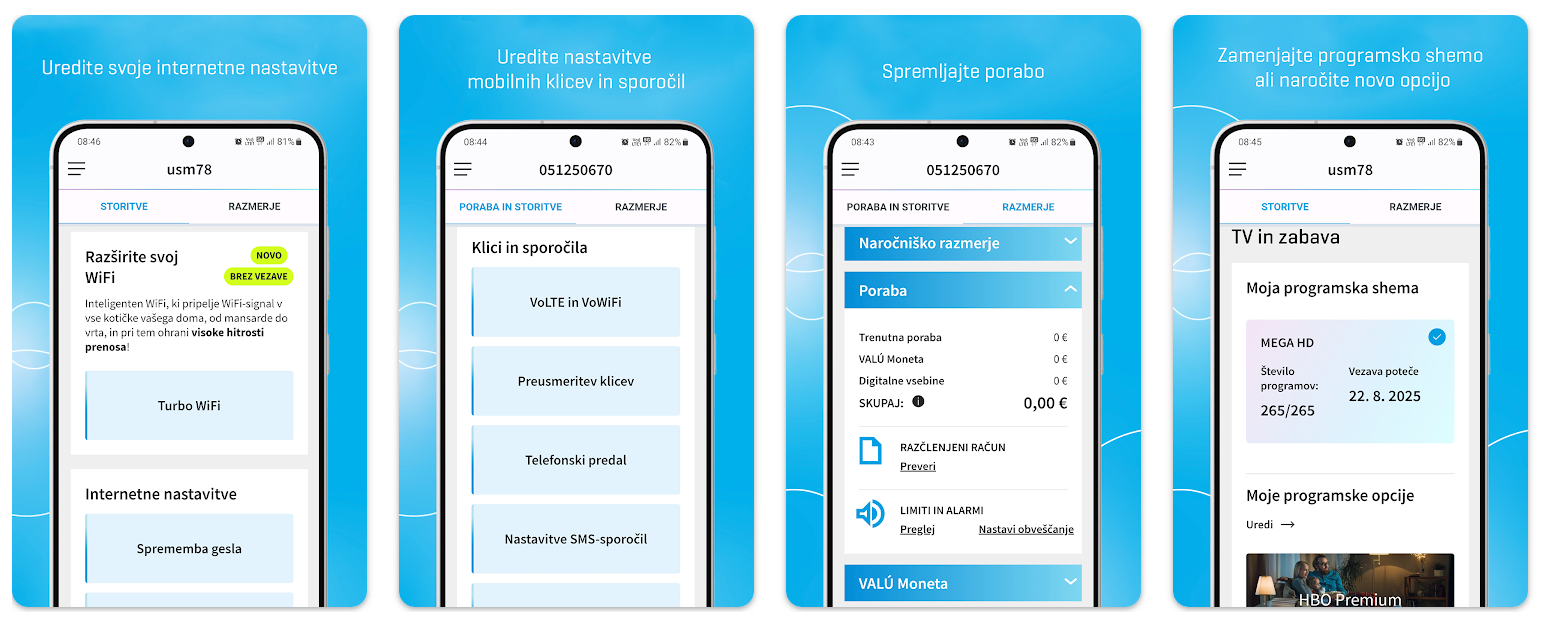
3. McDonald’s Slovenia – MyMcDonald’s Rewards
McDonald’s runs its global QSR loyalty program in Slovenia via the app. Customers earn points on every order, redeemable for free menu items. The app also delivers digital coupons and limited-time offers.
Consistency is key: Slovenian customers enjoy the same seamless experience as McDonald’s diners worldwide, creating trust and familiarity while boosting repeat visits.
Why it works: McDonald’s loyalty thrives on simplicity and ubiquity. Small but frequent rewards, paired with personalization, keep customers coming back in a competitive fast-food market.
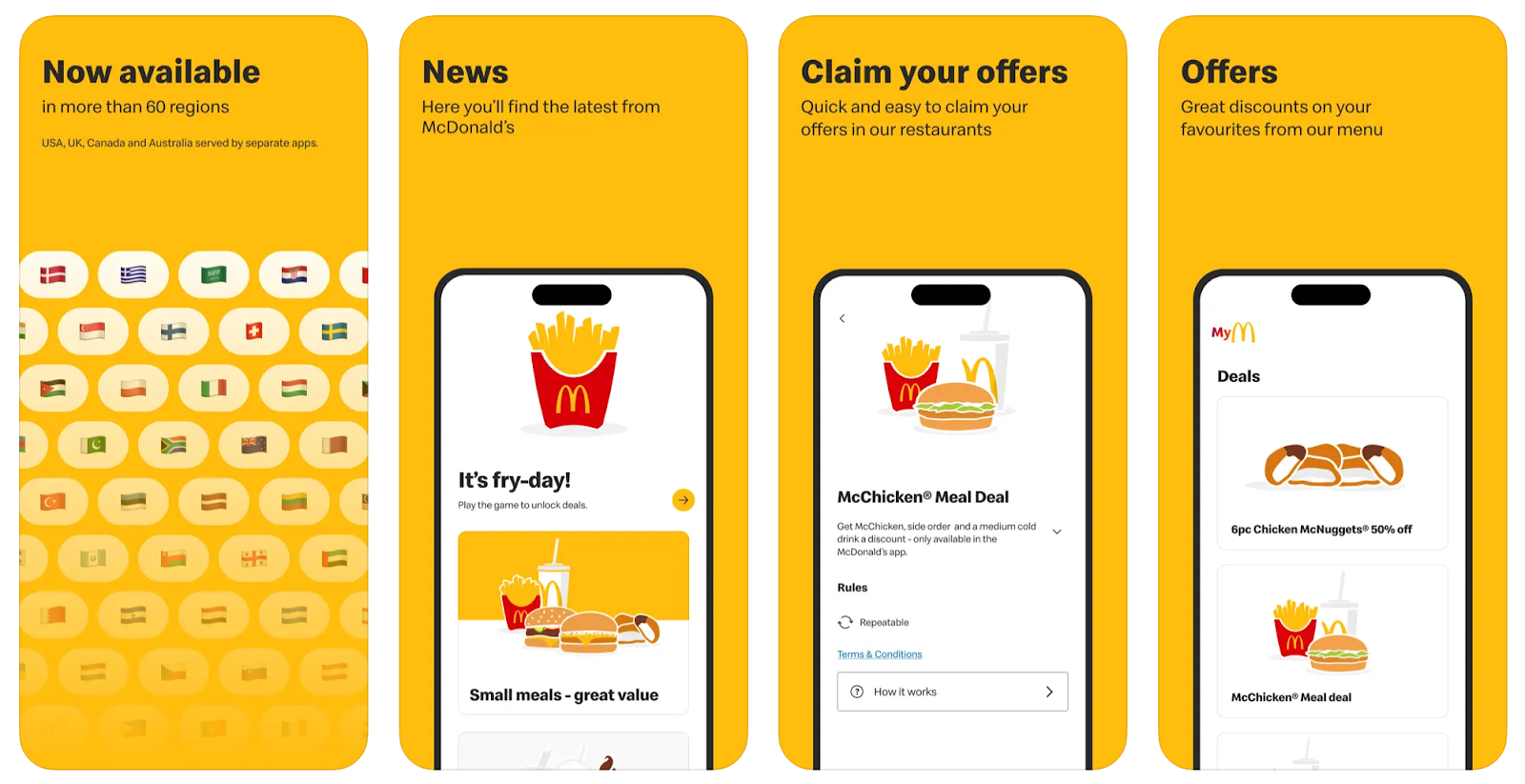
4. Decathlon Slovenia
Decathlon’s sports loyalty program in Slovenia rewards members not only for purchases but also for physical activity and sustainable choices. Customers can earn bonus points for recorded exercise or buying eco-friendly products.
This aligns perfectly with Decathlon’s brand values of health and sustainability, turning the loyalty program into a lifestyle companion rather than a simple retail perk.
Why it works: By rewarding both sustainable consumption and physical activity, Decathlon appeals to eco-conscious and health-focused customers, two growing demographics in Slovenia.
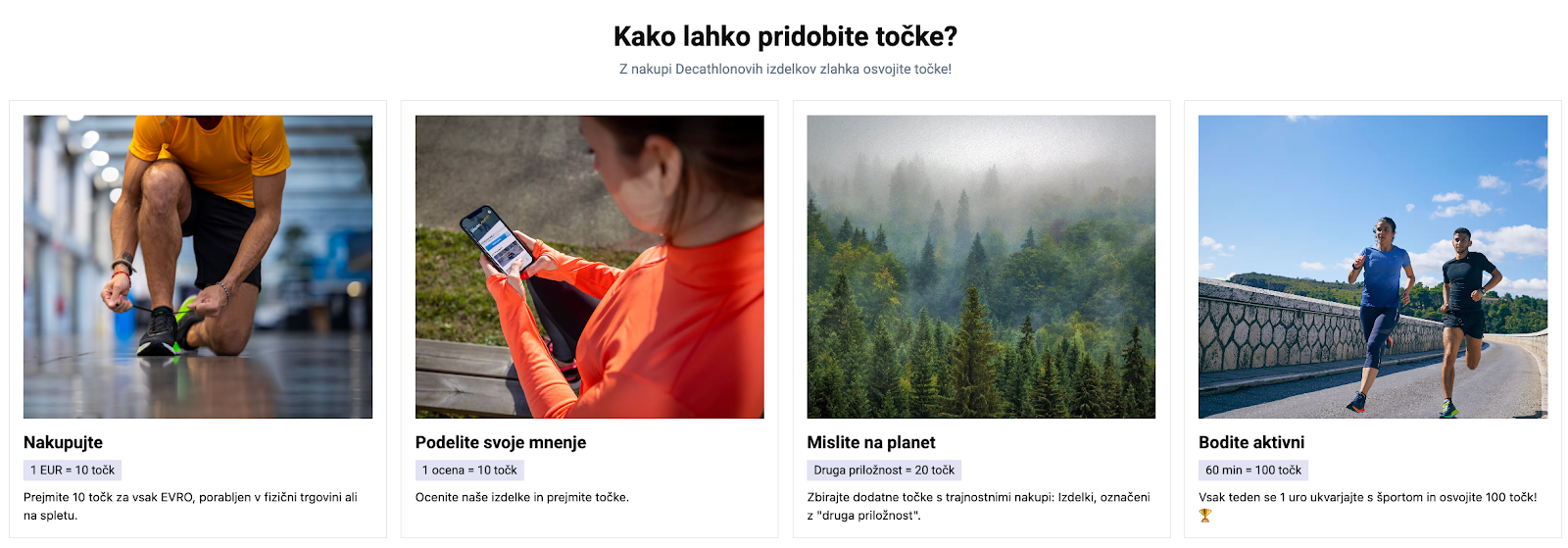
5. Petrol – Petrol Club & Petrol Pay Visa Card
Petrol, Slovenia’s largest fuel retailer, runs Petrol Club, rewarding customers for fuel, in-store shopping, and services like car washes. The automotive loyalty program offers exclusive discounts, vouchers, and deals.
In 2025, Petrol innovated by launching Petrol Pay Visa, a payment-linked loyalty solution where rewards are automatically earned through purchases. This frictionless model positions Petrol at the forefront of loyalty innovation in Slovenia.
Why it works: Frequent fuel-ups make rewards accumulate quickly, while the Visa card transforms loyalty into an everyday utility, locking customers into Petrol’s ecosystem.
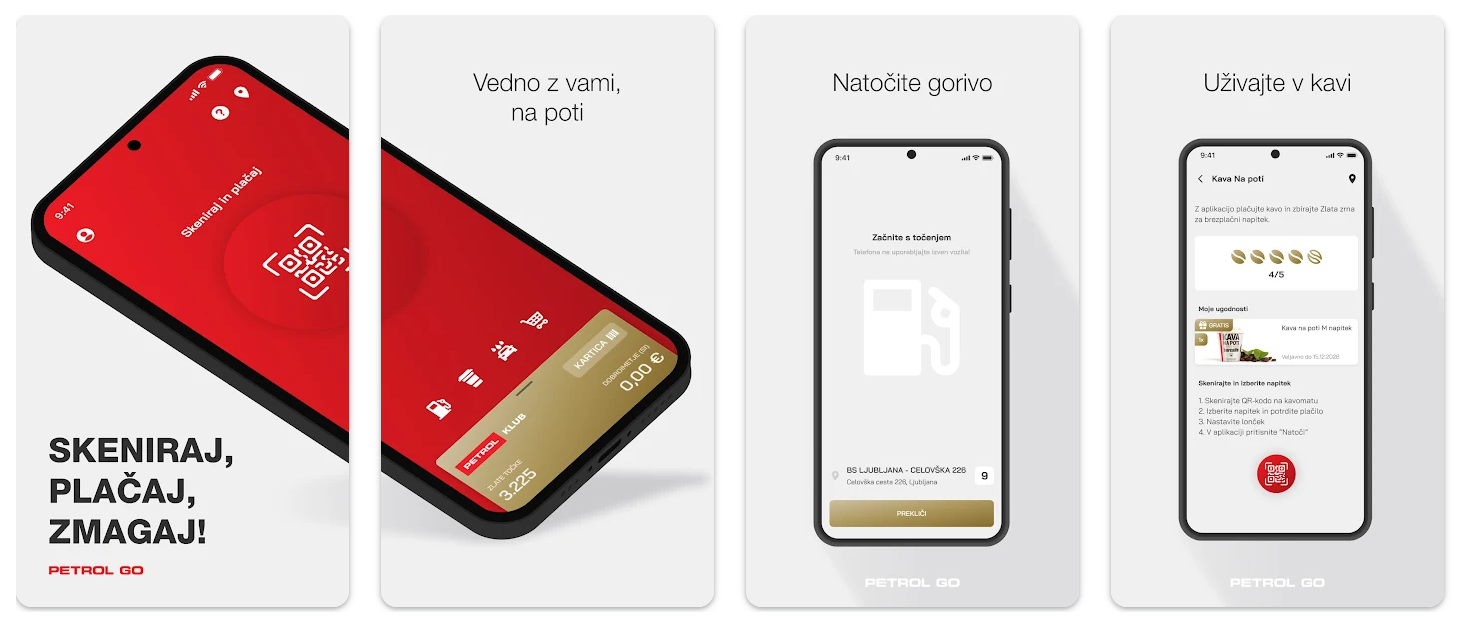
6. Odiseja Cinema
Odiseja, Slovenia’s largest cinema, rose from the bankruptcy of Kolosej with a new identity and a revamped cinema loyalty program. Members enjoy discounted tickets, premiere access, and bundled food-and-drink offers.
The program plays a strategic role in rebuilding trust and attendance, creating community engagement, and brand revival in the entertainment sector.
Why it works: Loyalty here is about survival and reinvention. Odiseja proves how loyalty can help turn around a struggling brand.
7. Merkur
Merkur, Slovenia’s biggest DIY retailer, offers the Merkur Trust Card with exclusive discounts, personalized coupons, and loyalty points on home and garden projects.
Given the high cost of DIY projects, the value customers get from rewards is immediate and tangible. The program also strengthens digital engagement via its app.
Why it works: Loyalty is especially impactful in high-spend categories like DIY. By linking savings to major purchases, Merkur ensures stronger customer attachment.
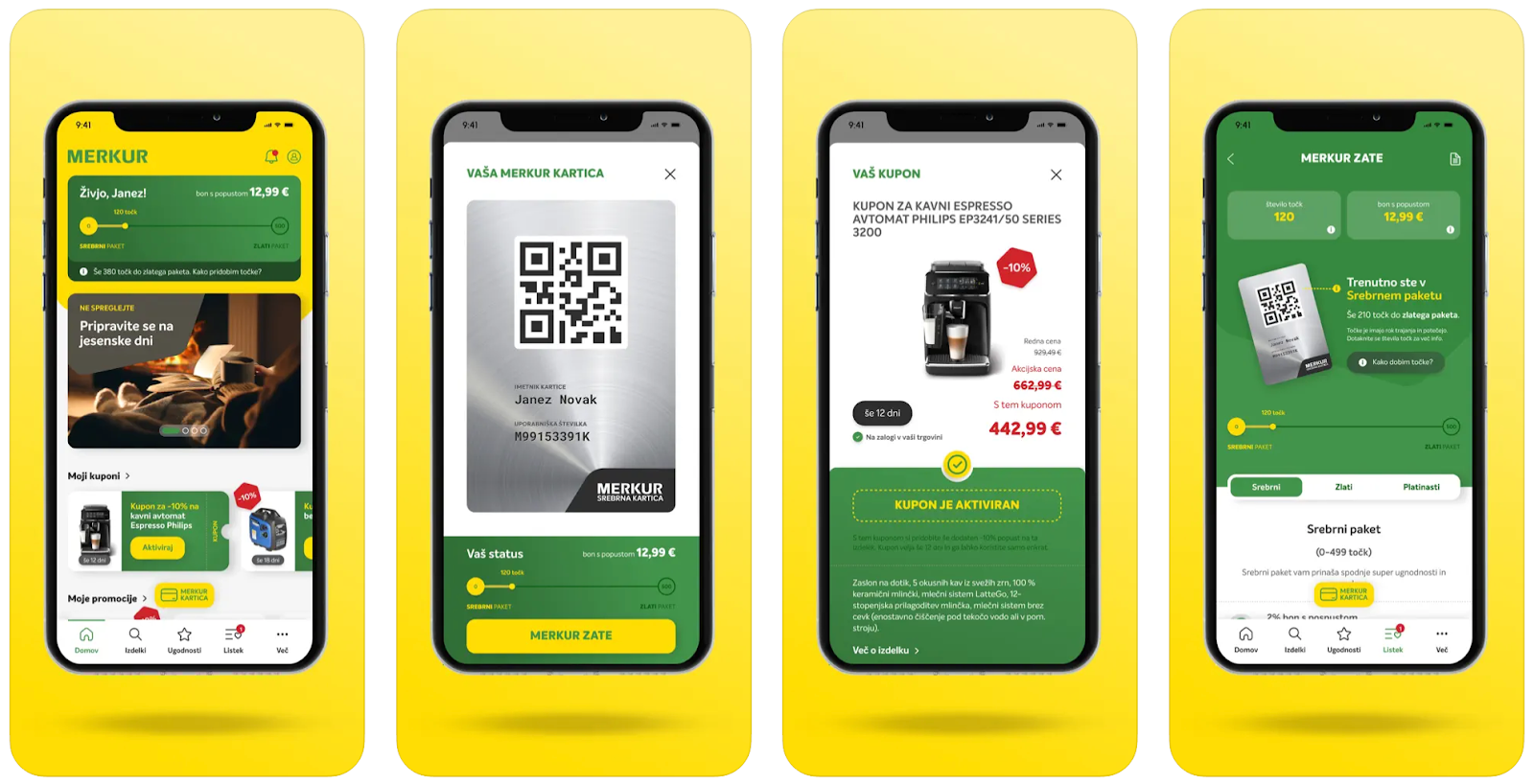
8. Mercator – Pika Card
Mercator’s Pika Card is Slovenia’s most iconic supermarket loyalty program, allowing customers to start collecting points immediately upon registration.
Recently updated, it integrates with the Moj M app, offering personalized discounts, monthly challenges, and bundles tailored to shopping habits.
Blending tradition and innovation, Mercator maintains its leadership in Slovenia’s competitive grocery market by staying relevant and personal.
Why it works: Personalization in high-frequency shopping creates stickiness. Mercator’s Pika Card proves that grocery loyalty is won by recognizing customers individually.
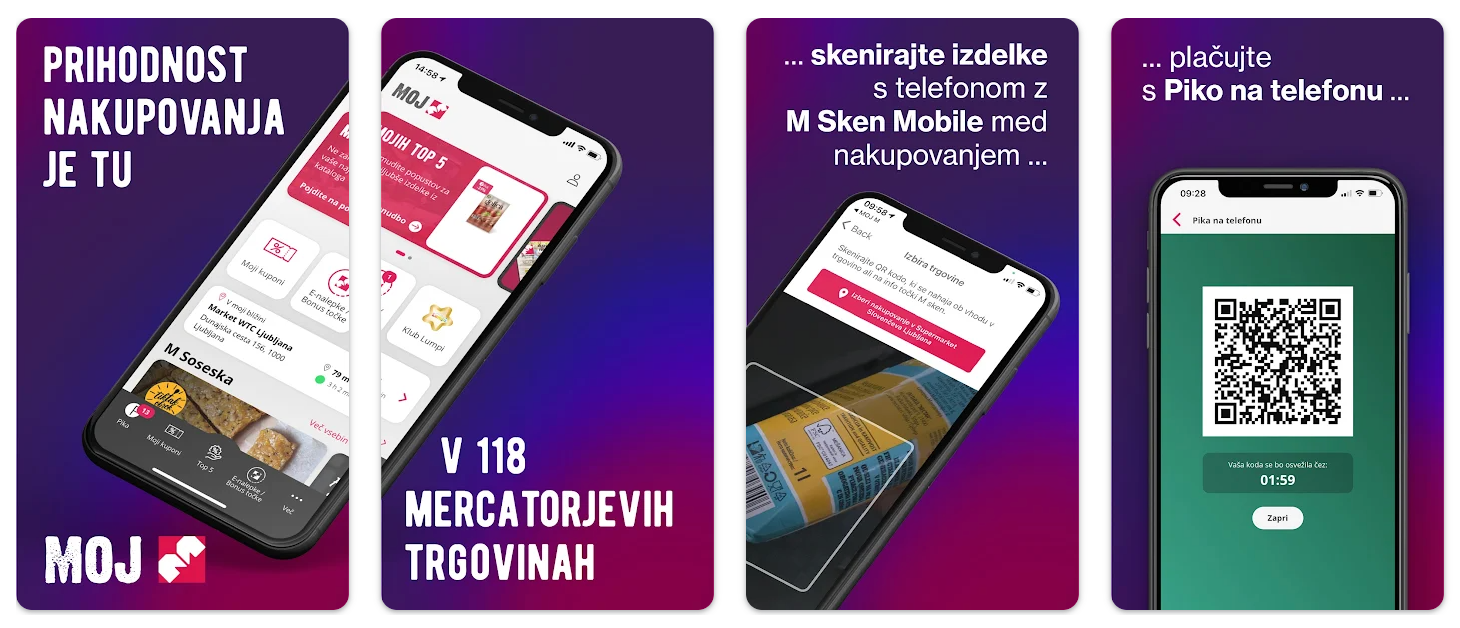
Best practices for effective loyalty programs
The most successful loyalty programs in Slovenia (and globally) share a few common traits. They aren’t just about handing out points or offering the occasional discount.
Instead, they build trust, convenience, and emotional engagement that keep customers coming back. Whether it’s a supermarket chain, a telco provider, or a hotel group, the principles of effective loyalty are surprisingly consistent.
Here are the best practices shaping effective loyalty programs today:
1. Keep it simple
Complex rules frustrate customers. Programs that make earning and redeeming points quick and straightforward see higher adoption. The Mercator Pika card redesign is a good example: shoppers can instantly see which discounts apply and how to redeem them.
2. Be transparent
Clear terms and GDPR-compliant data use are critical in Slovenia, where consumers are increasingly privacy-conscious about their personalized benefits. Programs that openly explain how data is used (for personalization, not just marketing) build long-term trust.
3. Deliver real value
Rewards must feel meaningful, whether that’s discounts on groceries, free nights at Sava Hotels, or fuel savings with Petrol. Value should be both tangible and attainable; otherwise, customers disengage.
4. Go digital-first
Mobile apps and online portals are now the default, offering numerous other benefits to users. Programs like Telekom Slovenije’s show how apps can centralize everything from tracking points to redeeming vouchers. An intuitive digital interface is expected.
5. Leverage partnerships
Cross-industry benefits create more touchpoints. For example, pairing a loyalty card with a Visa payment card (as Petrol has done) expands the program’s relevance beyond a single category. Partnerships with lifestyle brands, travel, or entertainment providers add extra value that resonates with Slovenians.
6. Think beyond discounts
Price cuts alone won’t create deep loyalty. Experiences, exclusivity, and lifestyle benefits have stronger emotional pull. Programs like Decathlon (rewarding sustainable choices and physical activity) or Odiseja Cinema (priority access to premieres) show how loyalty can move beyond transactions to become part of everyday life.
Conclusion
Loyalty in Slovenia comes in many shapes and sizes. Some programs, like Mercator’s Pika card, feel almost like part of everyday life, while others, like Petrol’s new Visa-linked scheme, show how quickly things are moving toward digital innovation.
What ties them all together is the same idea: giving people a reason to come back, not just because of the discounts, but because the experience feels easier, smarter, or more rewarding.
And that’s really what loyalty is about: making customers feel good about choosing you, again and again.
Book a call with our loyalty experts today and discover how White Label Loyalty can help you deliver a world-class rewards experience in Slovenia.
Recommended Posts
If you enjoyed this article, check out these relevant posts below.
Share this Article
Sara Rabolini
Content Marketing Executive
Sara is our Content Marketing Executive. She shares engaging and informative content, helping businesses stay up-to-date with the latest trends and best practices in loyalty...